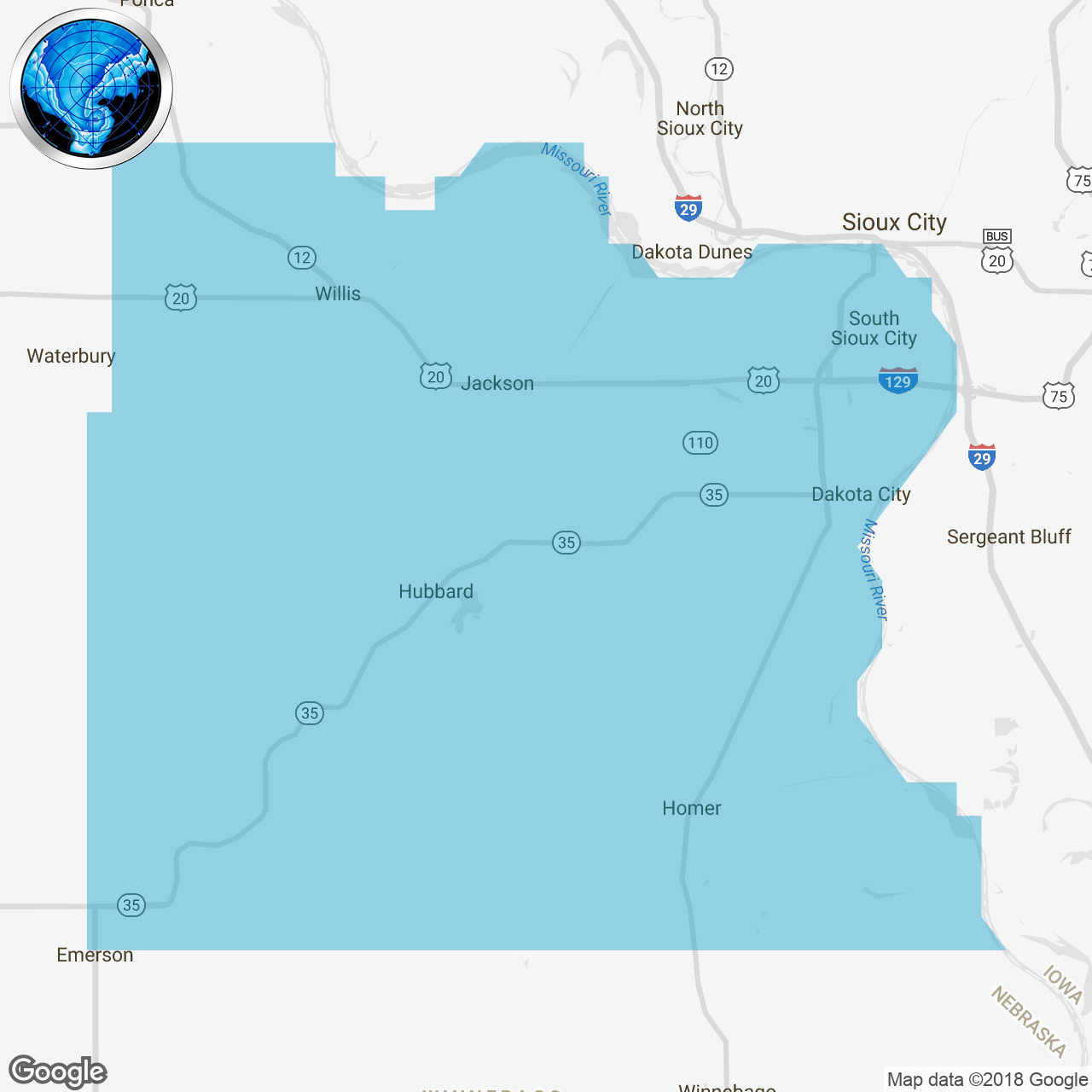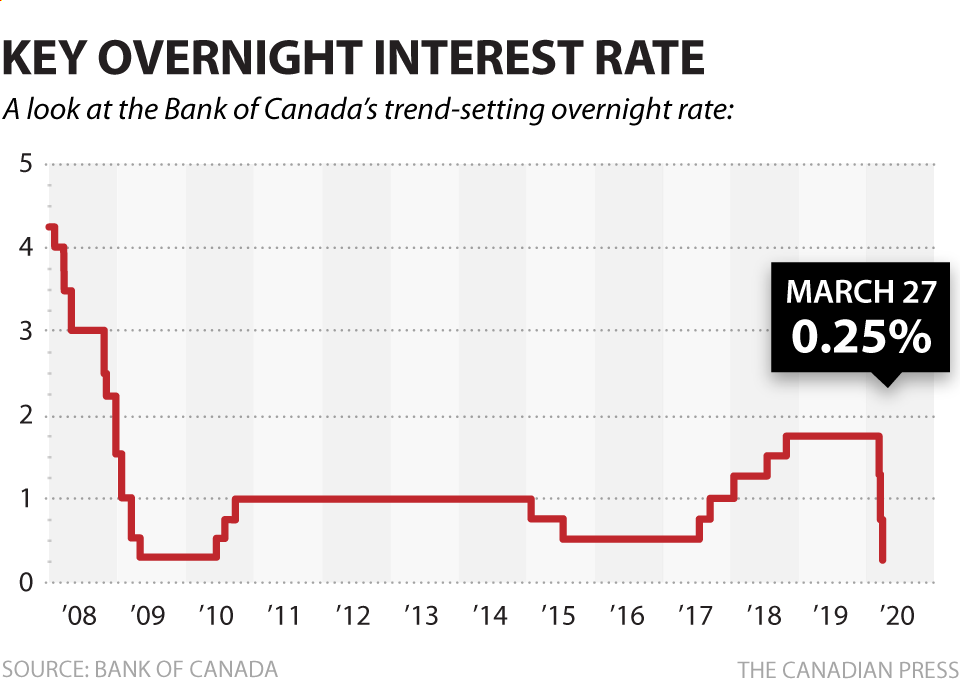Urgent Health Warning: Heat Advisory Issued Due To Soaring Temperatures

Table of Contents
Understanding the Dangers of Extreme Heat
Extreme heat can be deadly. Understanding the symptoms and risks of heat-related illnesses is the first step in protecting yourself and others.
Heatstroke – A Life-Threatening Condition
Heatstroke is a medical emergency. It occurs when your body overheats, and its temperature regulation system fails. This is the most serious heat-related illness and requires immediate medical attention.
-
Symptoms of Heatstroke:
- High body temperature (above 103°F or 39.4°C)
- Confusion
- Seizures
- Loss of consciousness
- Rapid, weak pulse
- Headache
- Dizziness
- Nausea
- Hot, red, dry, or damp skin
-
Responding to Heatstroke:
- Call emergency services immediately (911 or your local equivalent).
- Move the person to a cooler place.
- Remove excess clothing.
- Apply cool, wet cloths or towels to the skin.
- Fan the person to help cool them down.
- Do not give the person anything to drink.
Heat Exhaustion – Recognizing the Warning Signs
Heat exhaustion is a milder form of heat-related illness, but it's still serious and can progress to heatstroke if not treated promptly.
-
Symptoms of Heat Exhaustion:
- Heavy sweating
- Weakness
- Dizziness
- Headache
- Nausea
- Muscle cramps
- Palpitations
-
Treating Heat Exhaustion:
- Move to a cool place, preferably air-conditioned.
- Drink plenty of fluids, such as water or sports drinks. Avoid sugary drinks and alcohol.
- Rest and loosen clothing.
- Apply cool, wet cloths or towels to the skin.
- If symptoms worsen, seek medical attention.
Vulnerable Populations at Higher Risk
Certain groups are more vulnerable to the effects of extreme heat and require extra precautions.
-
Vulnerable Populations:
- Infants and young children
- Elderly people (65 years and older)
- People with chronic illnesses (heart disease, respiratory conditions, etc.)
- People who are overweight or obese
- Outdoor workers
- People taking certain medications
-
Protecting Vulnerable Groups:
- Infants and children: Keep them in cool places, dress them lightly, and monitor them closely for signs of dehydration.
- Elderly: Check on them regularly, ensure they have access to cool spaces and plenty of fluids.
- Chronically ill: Follow medical advice carefully and take extra precautions to avoid overheating.
- Outdoor workers: Take frequent breaks in the shade, stay hydrated, and wear appropriate clothing.
Staying Safe During a Heat Advisory
Taking proactive steps to protect yourself from the heat is critical during a heat advisory.
Hydration is Key
Staying hydrated is paramount during periods of high temperatures. Dehydration significantly increases the risk of heat exhaustion and heatstroke.
- Hydration Strategies:
- Drink plenty of water throughout the day, even before you feel thirsty.
- Carry a water bottle with you at all times.
- Set reminders to drink water regularly.
- Avoid sugary drinks and excessive alcohol, as these can actually dehydrate you.
Seek Shade and Cool Spaces
Limiting your time outdoors during the hottest parts of the day is essential.
- Finding Shade and Cooling:
- Seek shade whenever possible during peak sun hours (typically 10 am to 4 pm).
- Utilize air-conditioned spaces such as shopping malls, libraries, or community centers.
- Consider visiting a cooling center if available in your area.
Dress Appropriately
Choosing the right clothing can help you stay cool and protect you from the sun.
- Appropriate Clothing:
- Wear loose-fitting, light-colored clothing.
- Wear a wide-brimmed hat to shade your face and neck.
- Consider wearing sunglasses to protect your eyes.
Never Leave Children or Pets in Hot Cars
This is incredibly important: Never leave children or pets unattended in a parked vehicle, even for a short period. Temperatures inside a car can rise rapidly, leading to life-threatening situations.
Resources and Further Information
Staying informed is crucial during a heat advisory. Here are some resources to help:
Local Emergency Services
Contact your local emergency services (911 or your local equivalent) for immediate medical assistance if needed. Also, check with your local health department for heat-related resources and updates.
Weather Updates
Stay updated on the latest weather forecasts and heat advisories through reputable sources such as the National Weather Service (or your country's equivalent).
Heat Safety Resources
Many organizations offer valuable information on heat safety. Search online for "heat safety tips" to find resources relevant to your area.
Conclusion
This heat advisory underscores the serious dangers of extreme heat, emphasizing the risks of heatstroke and heat exhaustion. The advisory urges everyone to proactively protect themselves and their communities from these dangers. Remember, your safety is paramount during this heat wave. Stay informed about the ongoing heat advisory and follow the recommended safety measures to avoid heat-related illnesses. Check regularly for updates on the heat advisory and prioritize your heat safety.

Featured Posts
-
 Resident Evil Afterlife Review Survival Horror In 3 D
May 13, 2025
Resident Evil Afterlife Review Survival Horror In 3 D
May 13, 2025 -
 Analyzing The Hobbit The Battle Of The Five Armies Successes And Shortcomings
May 13, 2025
Analyzing The Hobbit The Battle Of The Five Armies Successes And Shortcomings
May 13, 2025 -
 Millions Stolen Inside The Executive Office365 Hacking Scheme
May 13, 2025
Millions Stolen Inside The Executive Office365 Hacking Scheme
May 13, 2025 -
 Bank Of Canada Interest Rate Outlook Job Losses And The Potential For Further Cuts
May 13, 2025
Bank Of Canada Interest Rate Outlook Job Losses And The Potential For Further Cuts
May 13, 2025 -
 Dolg Syna Kadyshevoy Vmeshatelstvo Muzha Pevitsy
May 13, 2025
Dolg Syna Kadyshevoy Vmeshatelstvo Muzha Pevitsy
May 13, 2025
